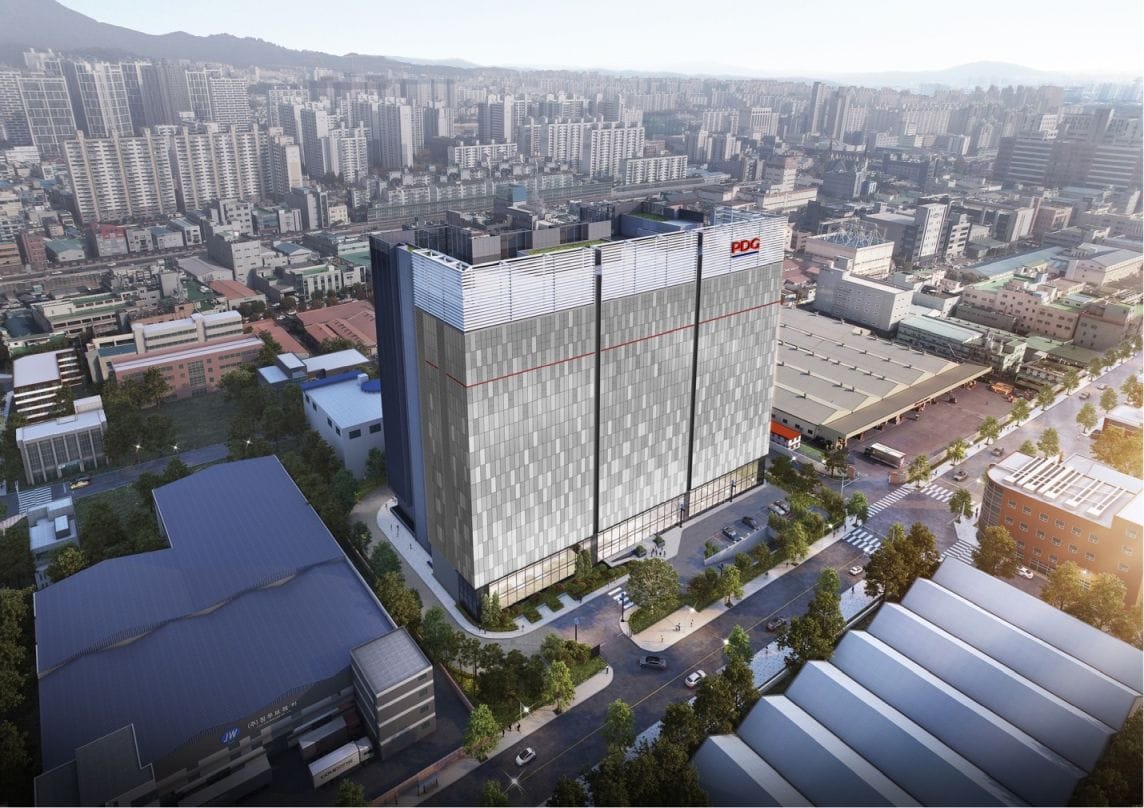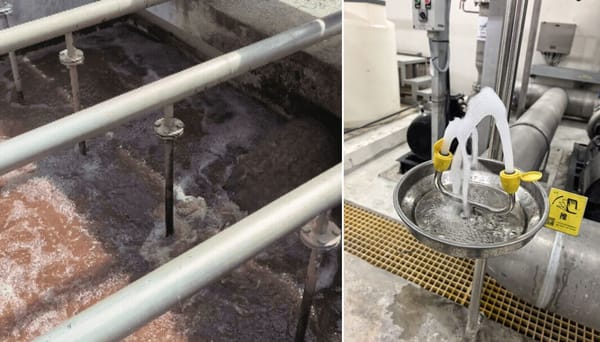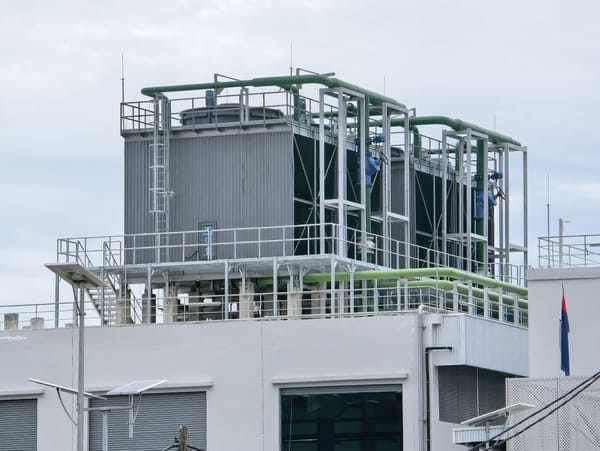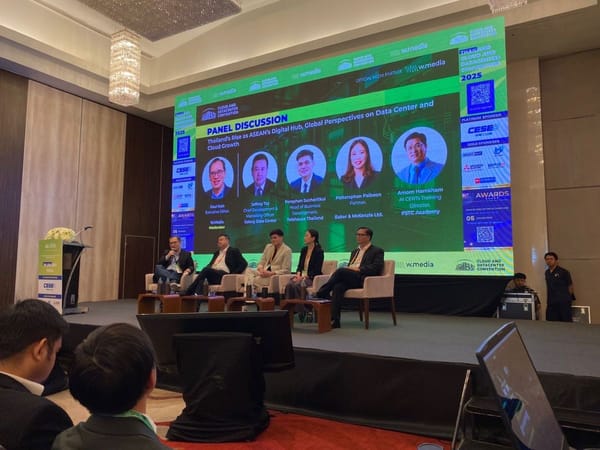PDG unveils 48 MW South Korea data centre with fuel cells
The 48MW facility will feature fuel cells due to South Korea's Special Act on Distributed Energy Activation.

PDG today announced its entry into South Korea with a 48MW, nine-storey data centre. Here's why it comes with the ability to run on fuel cells.
As usual, PDG's press release was light on details at this early stage. But ESR published its own release on the same morning. Here's what I put together.
SE1 data centre campus
PDG says it plans to develop multiple data centre campuses, adding up to 500MW to serve the AI and cloud workloads in South Korea.
Specifically, its new SE1 data centre campus is located in Incheon's Bupyeong district, with an investment of US$700 million on a land area of 11,000 square metres. It's targeting ready-for-service by early 2028.
Crucially, power is fully contracted for the facility and construction is commencing this month. This gives it a very fast build time of just 1.5 years, including MEP.
Developed by ESR
The data centre will be constructed by ESR in partnership with Seoul-based Wide Creek Asset Management and leased to PDG.
Earlier details such as its location and height of building came from ESR. One other nugget of information stood out: the facility as a whole supports up to 80MW of power, not IT load.
Is the glass half-empty or half-full? Perhaps PDG couldn't secure more power. Or perhaps there's room for capacity growth. I don't know.
ESR says the building will be built with an eye towards achieving LEED Gold. Separately, the data centre will also feature building-integrated photovoltaics and fuel cells.
This is due to the Special Act on Distributed Energy Activation, which requires large data centres to source a minimum percentage of their energy from distributed sources such as renewables or fuel cells. The requirements are 2% until 2026, 5% from 2027-2029, 10% from 2030-2034, 15% from 2035-2039, and 20% after 2040.
The legislation took effect in June 2024.
Singapore's upcoming DC-CFA2 for new data centres is similarly expected to mandate a certain percentage of novel fuels.
Platform play
Building data centres across APAC isn't as straightforward as it looks due to differing regulations, culture, and local challenges such as natural disasters and resource limitations.
Since it was founded in 2017, PDG has grown at an amazing clip with both greenfield developments, acquisitions, and retrofits. Today, it has 20 data centre campuses across six countries.
SE1 in South Korea marks its entry into a seventh country. What are your thoughts about it?




